It’s not everyday that you can step back in time, but when our cruise ship made a stop at Turkey’s Kusadasi port, that’s what we did. On a private Ephesus tour with Kusadasi Tours, we explored one of the most important cities in ancient Rome. Ephesus was home to the Temple of Artemis, one of the wonders of the ancient world. It had a beautiful library and a theatre that could seat 25,000 people. The Apostle Paul spent more than two years in Ephesus on two separate missions. A walk through this ancient city is a chance to follow in the footsteps of Paul.
There are affiliate links in this post. If you make a qualifying purchase through one of these links, Wander Woman Travel Magazine may receive a small commission at no extra cost to you.
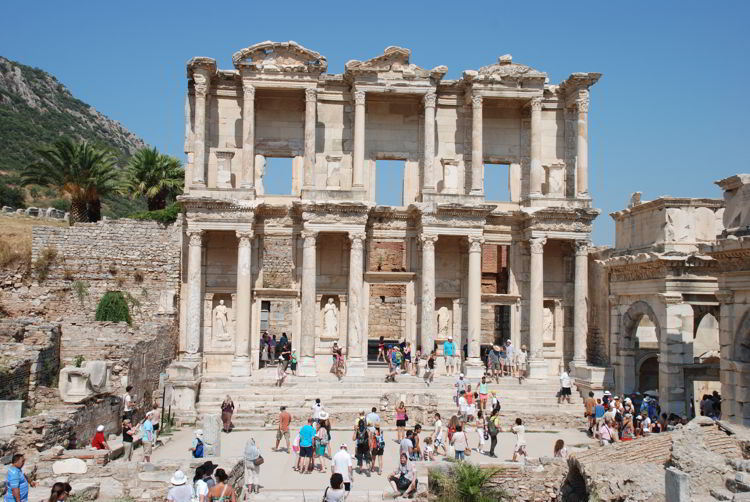
Table of Contents
Where is Ephesus?
Today, Ephesus is a 23-minute drive from the Kusadasi cruise port in modern-day Turkey. Historically, it was the capital city of the Roman province of Asia Minor.
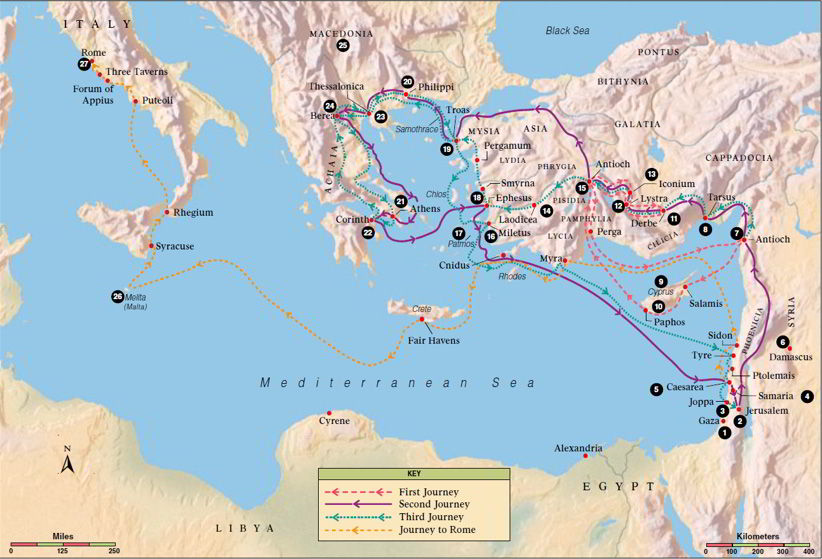
Why was Ephesus Important?
Asia minor formed an important land bridge between east and west and was thus an important trade route. As the capital city of Asia Minor, Ephesus was a major trading centre. The Temple of Artemis, one of the seven wonders of the natural world, was also near the city.
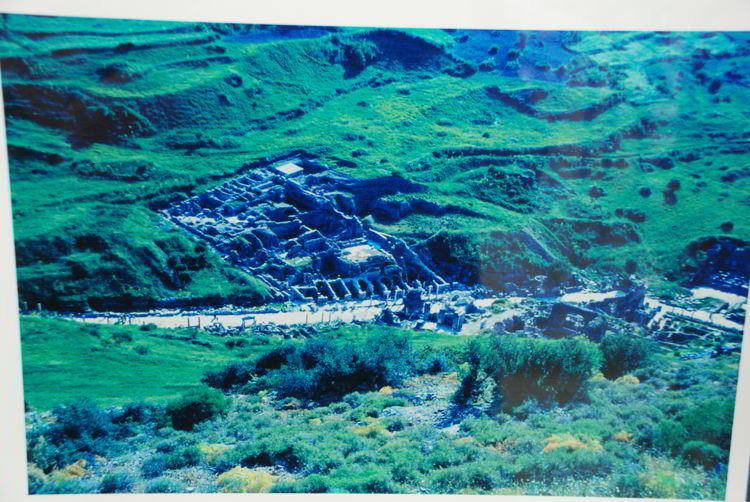
Related: I’m not sure whose footsteps I followed in when I managed to get myself Trapped in a Bathroom in Rome. (It was a Vatican bathroom if you want to be technical about it.) Check out the post to find out how I got out.
How Did this Ancient City Become Forgotten?
Ephesus was a major trading destination, but as the river deposited silt in the harbor, the harbor kept moving further away from the city. A city without a good harbor is not a good trade centre. In 614, Ephesus was partially destroyed by an earthquake and this dealt a final blow to the once thriving capital. Over time, the ruins of Ephesus were buried – waiting for archaeologists to discover them. In 1869, British architect John Turtle Wood discovered the pavement for the Temple of Artemis, but he didn’t make any other discoveries, so the excavations stopped in 1874. Excavations began again in 1895 with German archaeologist Otto Benndorf, financed by Austrian Karl Mautner Ritter von Markhof. In 1898, Benndorf founded the Austrian Archaeological Institute, which plays a leading role in excavating Ephesus today.
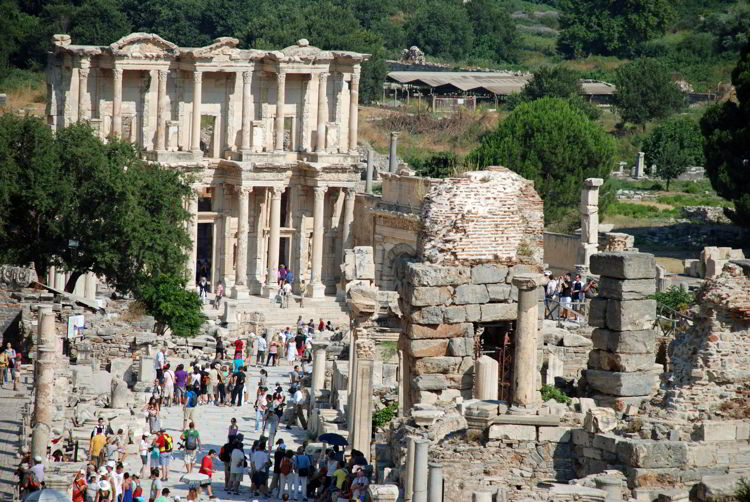
Which Books of the Bible Were Written in Ephesus?
Paul made two separate trips to Ephesus. His second mission lasted more than two years and he was quite possibly imprisoned in Emphesus. Paul wrote 1 Corinthians from Ephesus. He may also have written Philippians and Philemon from Ephesus. Bible scholars believe the Gospel of John was also written in Ephesus.
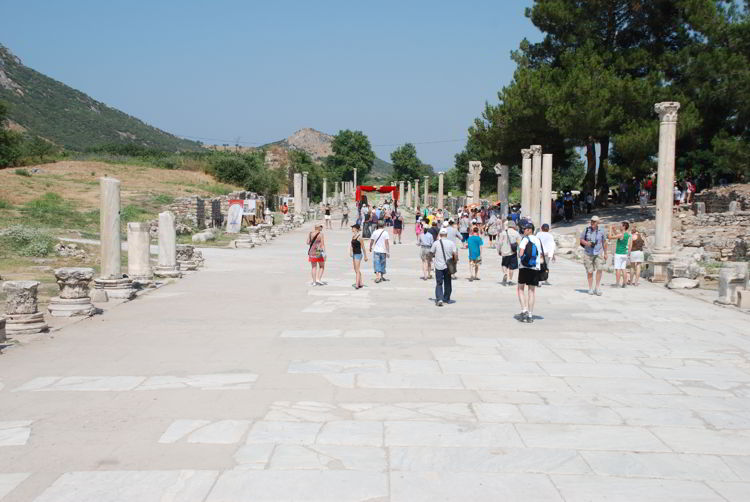
Where was Ephesians Written?
Paul wrote his letter to the Ephesians while he was imprisoned in Rome. His letter provides insight into the challenges of early Christians living in Ephesus. In Acts 19:23-41, it’s recorded that the city was associated with the Temple of Artemis and worship of the goddess Diana. There were many silversmiths that made their living producing idols to the goddess and on at least one occasion there was rioting associated with Paul’s preaching as is recorded in this passage, which provides more insight into these people.
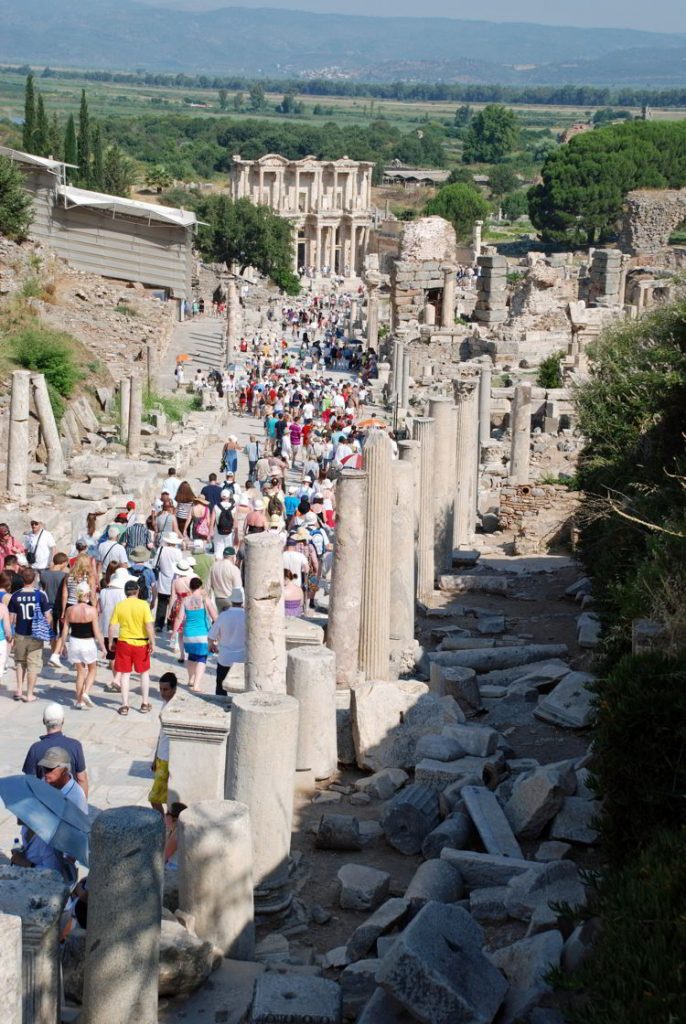
Why Take a Private Tour of Ephesus
We were traveling with two of our children and booking a private tour for four people was less costly than booking a shore excursion through the cruise ship. The private tour was also much better than the shore excursion. We had a knowledgeable private guide all to ourselves. We traveled at our own pace and were far more comfortable than we would have been on a huge tour bus with lots of people.
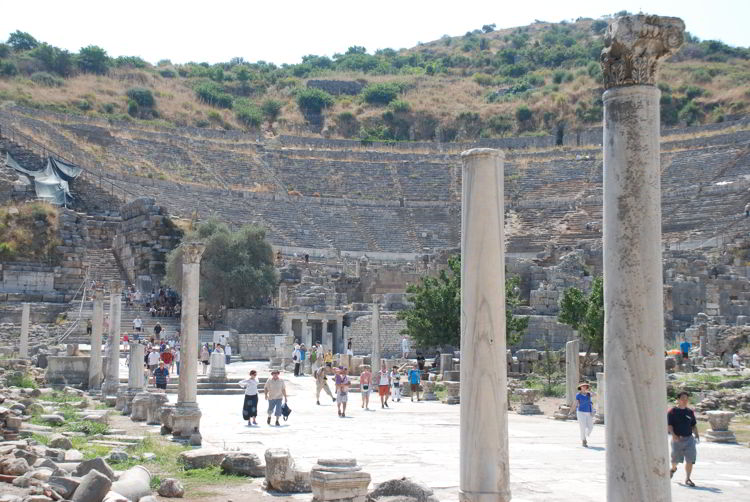
What You See on an Ephesus Tour
When you’re on a private tour, you can customize it to see what you like. Our tour included a visit to Ephesus where we saw remarkable ruins like the spectacular Library of Celsus, the Terrace Houses and the Great Theatre of Ephesus. Since we were on our own, we climbed to the top of the theatre and tested the acoustics. We were impressed. It was an incredible feeling to stand in the place where the Apostle Paul once preached. We also visited sites outside the main ruins on our Ephesus tour including the ruins of the Temple of Artemis, the Basilica of St. John and Isa Bey Mosque near Selcuk, Turkey.
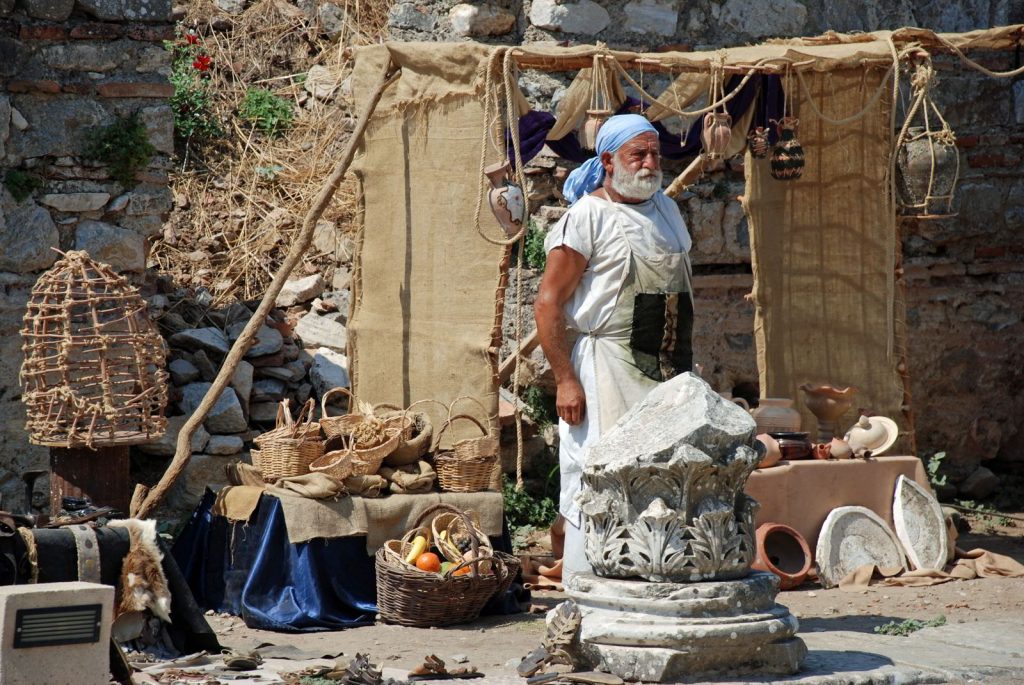
Why You Should See the Terrace Houses on an Ephesus Tour
There’s an extra charge to see the Terrace Houses, but it’s worth it. These were the houses of wealthy residents and they provide a glimpse into the lives of these people during the Roman period. The oldest building dates back to 1 BC. You can see frescos on the walls and tile mosaics on the floor. You can even see the clay pipes that provided hot and cold running water to the homes. It’s incredible to realize how advanced this city was.

Archaeologists are carefully piecing together the Terrace Houses in Ephesus. Photo by Greg Olsen. 
A look at the intricate tile work in the Terrace Houses in ancient Ephesus. Photo by Greg Olsen. 
This picture shows the beautiful frescos and tiles in the homes of the rich in Ephesus. Photo by Greg Olsen. 
This image shows some beautiful tile work that has been restored in the Terrace Houses in Ephesus. Photo by Greg Olsen. 
This is a look at more tile work in the Terrace Houses in Ephesus. Scientists are painstakingly piecing these homes back together. Photo by Greg Olsen. 
It’s amazing to think that they had hot and cold running water 2,000 years ago in ancient Rome. Photo by Greg Olsen.
What is the House of the Virgin Mary?
Tradition has it that Mary lived outside Ephesus in the later years of her life. The Apostle John was charged with her care (John 19: 26-27). Since most scholars believe the Apostle John was in the vicinity of Ephesus after the death of Jesus, people have hypothesized that Mary, the mother of Jesus, was also there. The House of the Virgin Mary is a Catholic Shrine that is a 16-minute drive from Ephesus. The house was seen in a vision by a Roman Catholic nun and it has since become a Catholic pilgrimage site.

What to bring on an Ephesus Tour
You’re going to do a lot of walking on uneven ground while touring the ruins, so make sure to wear comfortable walking shoes. It can also be very hot, so you should bring a water bottle, wear sunscreen, cool clothing and a hat. I always bring a lightweight day pack on day tours to hold my water, snacks, a spare jacket and anything else. I like the one below, because it’s lightweight, durable, and it folds up so small that it can fit in the pocket of a jacket.

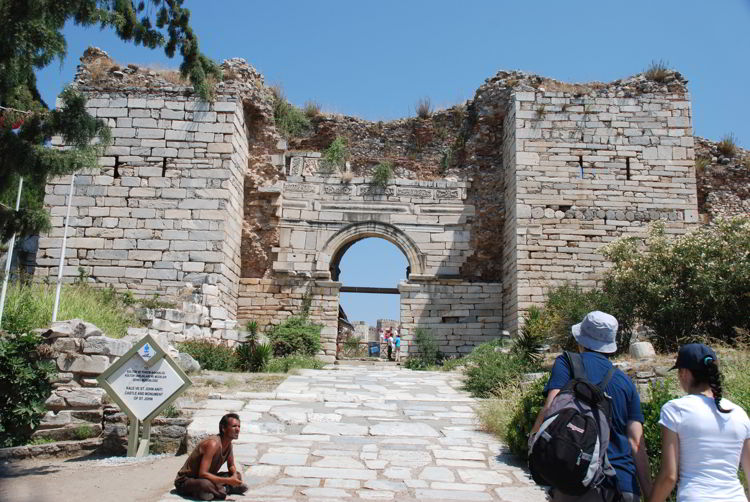
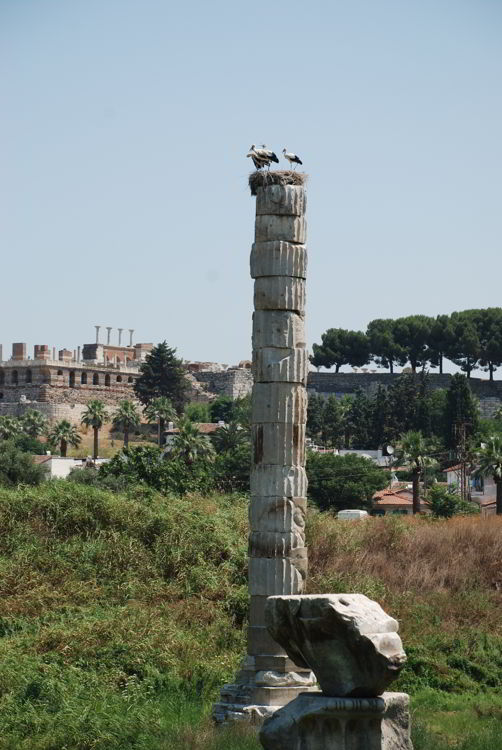
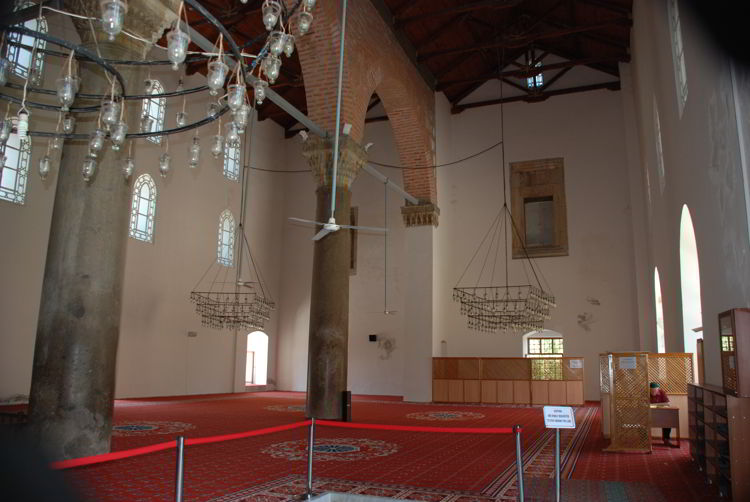
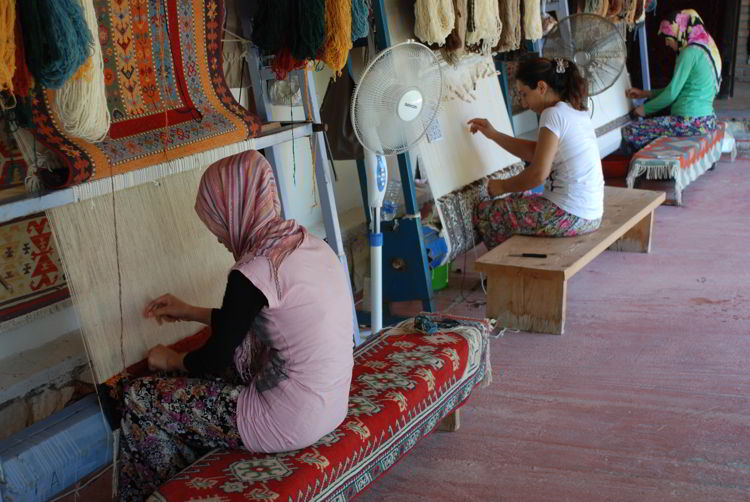
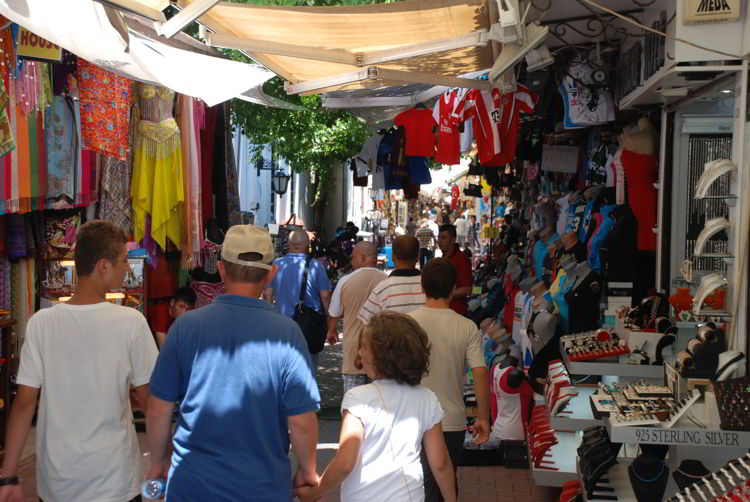
Ephesus Tour – Other Sites to See in Kusadasi Cruise Port
In addition to exploring the Ephesus site, our private tour included a visit to the Basilica of St. John, İsa Bey Mosque and the Temple of Artemis near Selcuk, Turkey. We also visited a rug factory and found it fascinating. We could have also included the House of the Virgin Mary, but we didn’t on this particular trip. That’s the nice thing about a private tour. You can customize it. We had our guide drop us near the shopping area of Kusadasi at the end of the tour. The shopping is fantastic in Kusadasi cruise port.
Related: Read our post Hiking Mt Vesuvius – A Hike Into History.



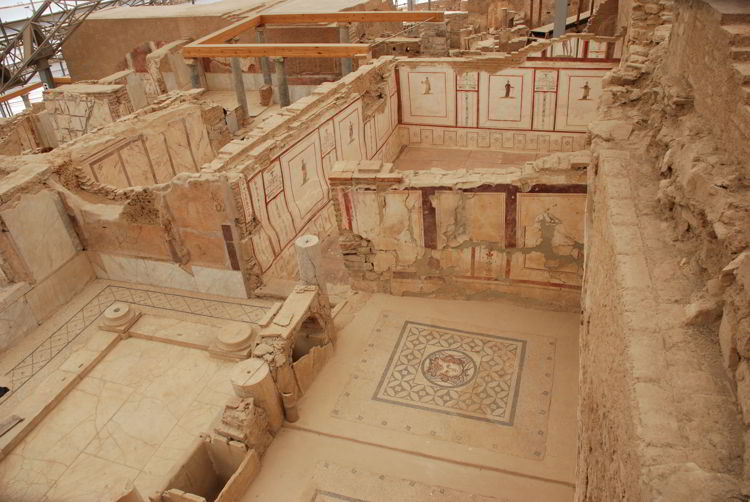
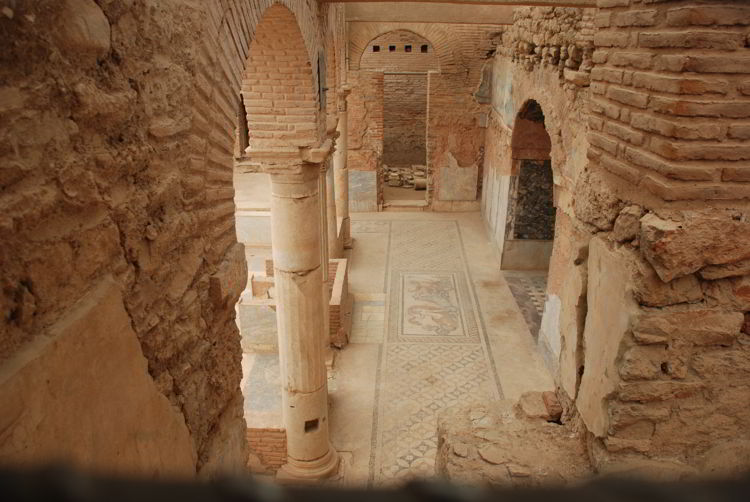
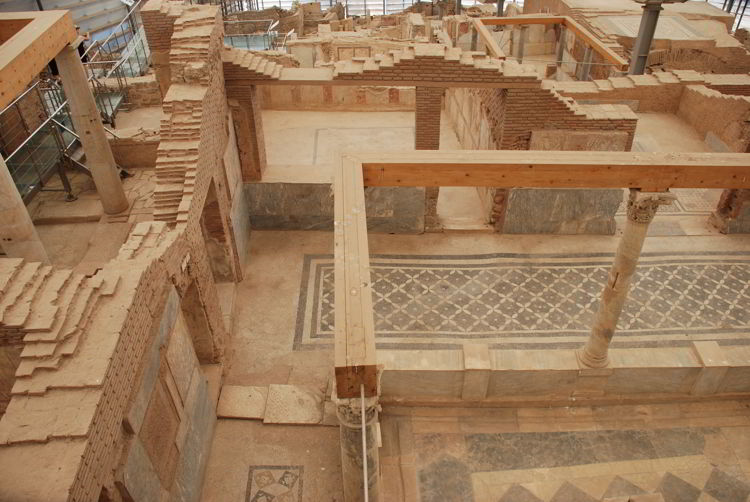

2 Comments
Shelley
We recently saw the relics of St. Luke. And the basilica built by his followers in Italy. It would be very interesting to know where each of the twelve apostles are laid to rest. I loved your pictures by Greg Olsen and your post was very interesting. Thank you.
wanderwoman
Thanks for the comment, Shelly. Glad you liked the article and the pictures! Greg is a wonderful photographer. Did you see the relics of St. Luke in Padua? I’ve never been there. Apparently, there are bits of St. Luke in several different places. If I’m not mistaken, his body is in Italy, his head is in the Czech Republic and one of his ribs is in Greece. It would be interesting to know where each of the apostles is laid to rest. They believe St. John was buried in Ephesus. There’s a basilica over the spot where they believe his remains are located. My favourite story is the relics of Saint Nicholas in Bari, Italy. Apparently Italian pirates stole most of his bones from their resting place in Myra, Turkey and brought them to Bari, Italy. There’s a St. Nicholas church in Myra and a Basilica di San Nicola in Bari, Italy.